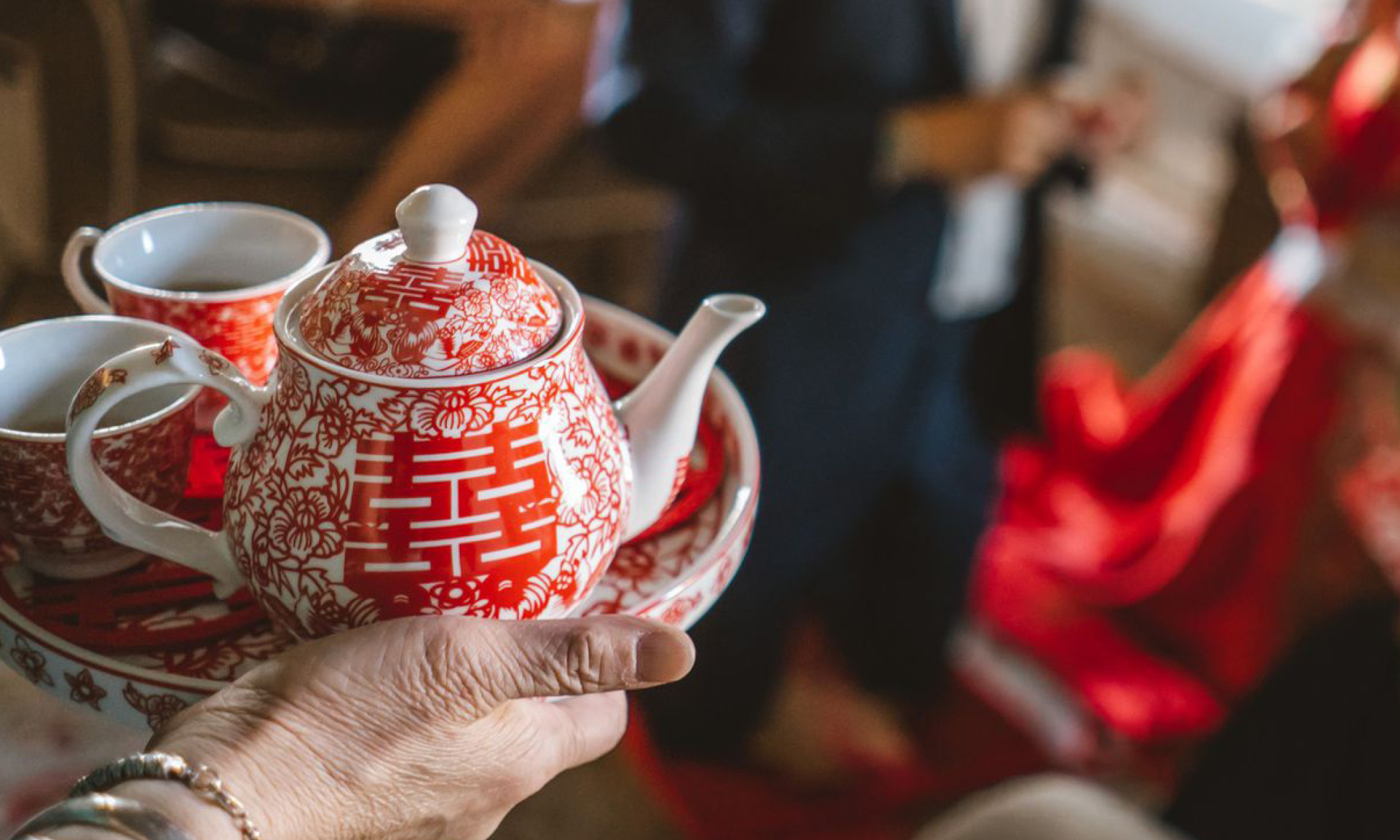The Chinese tea ceremony, also known as “chayi” (茶艺), is a traditional practice deeply rooted in Chinese culture. It is a ritualistic and meditative process that involves the preparation, serving, and consumption of tea. The purpose of the Chinese tea ceremony extends beyond the mere act of drinking tea; it encompasses cultural, social, philosophical, and spiritual dimensions.
In this essay, we will explore the multifaceted purposes of the Chinese tea ceremony, considering its historical origins, cultural significance, social aspects, philosophical underpinnings, and spiritual dimensions.
Historical Origins
To understand the purpose of the Chinese tea ceremony, it is crucial to delve into its historical origins. The practice dates back thousands of years to ancient China, where tea was initially consumed for its medicinal properties. Over time, the preparation and consumption of tea evolved into a sophisticated cultural practice. The Chinese tea ceremony can trace its roots to the Tang (618-907) and Song (960-1279) dynasties, where tea culture flourished and tea preparation became an art form.
During the Tang dynasty, tea drinking gained popularity among the Chinese elite, and specialized tea utensils were developed. The Song dynasty further refined tea culture, emphasizing the importance of mindfulness and aesthetic appreciation in tea preparation. The development of the Chinese tea ceremony was influenced by the principles of Confucianism, Daoism, and Buddhism, each contributing unique elements to the practice.
Cultural Significance
The Chinese tea ceremony holds immense cultural significance, serving as a bridge between the past and the present. It is a way of preserving and transmitting cultural heritage from one generation to the next. The elaborate rituals and etiquette associated with the ceremony reflect the respect for tradition and the importance of maintaining cultural continuity.
Tea, as a cultural symbol, embodies harmony, humility, and balance. The ceremony provides a platform for individuals to connect with Chinese culture on a profound level, fostering a sense of identity and belonging. Through the appreciation of tea, participants become part of a tradition that has withstood the test of time, linking them to the rich tapestry of Chinese history.
Social Aspects
Beyond its cultural significance, the Chinese tea ceremony serves as a social activity that promotes interpersonal connections and community building. In Chinese culture, sharing tea is a gesture of hospitality and friendship. The act of preparing and serving tea becomes a means of expressing respect, gratitude, and goodwill towards others.
Tea gatherings, whether intimate family sessions or larger communal events, provide opportunities for social interaction. The shared experience of sipping tea encourages meaningful conversations and the forging of bonds between participants. The ceremony, with its prescribed rituals and gestures, establishes a framework for social harmony and mutual understanding.
Philosophical Underpinnings
The Chinese tea ceremony is deeply intertwined with philosophical concepts that shape the way participants approach and engage in the practice. Confucianism, Daoism, and Buddhism have all played influential roles in shaping the philosophy of the tea ceremony.
Confucianism
Confucian principles emphasize social harmony, respect for elders, and the cultivation of virtues. In the context of the tea ceremony, these values are reflected in the etiquette and rituals associated with tea preparation and consumption. The act of serving tea becomes a manifestation of filial piety and a demonstration of one’s commitment to upholding moral values.
Daoism
Daoist philosophy, with its emphasis on spontaneity and the natural order of things, is reflected in the simplicity and unpretentiousness of the tea ceremony. Daoism teaches the importance of being present in the moment and appreciating the inherent beauty of simplicity. The tea ceremony, in its essence, embodies these Daoist principles, encouraging participants to engage in a mindful and contemplative experience.
Buddhism
Buddhist influence on the tea ceremony is evident in the emphasis on meditation and mindfulness. The act of preparing and drinking tea becomes a form of meditation, allowing participants to achieve a state of mental clarity and tranquility. The focus on the present moment and the awareness of each gesture during the ceremony align with Buddhist teachings on mindfulness.
Spiritual Dimensions
The Chinese tea ceremony transcends the material aspects of tea preparation and consumption, encompassing spiritual dimensions that connect individuals to a higher sense of purpose and consciousness. The meditative and contemplative nature of the ceremony allows participants to experience a form of spiritual elevation.
Mindfulness and Presence
At its core, the Chinese tea ceremony is a practice of mindfulness. Participants are encouraged to be fully present in the moment, savoring each step of the tea preparation process. The deliberate and unhurried movements, coupled with focused attention, create a meditative space that fosters a sense of inner peace and awareness.
Harmony with Nature
The connection between the tea ceremony and nature is profound. The cultivation of tea, the changing seasons that influence its flavor, and the use of natural elements in the ceremony all contribute to a harmonious relationship with the natural world. This harmony is not only an aesthetic consideration but also a spiritual one, as participants align themselves with the rhythms of nature.
Ritual as a Spiritual Practice
Rituals within the tea ceremony, such as the precise handling of tea utensils and the rhythmic pouring of water, contribute to a sense of sacredness. The repetition of these rituals instills a sense of discipline and order, fostering a contemplative space that allows individuals to transcend the mundane and connect with something greater than themselves.
Conclusion
In conclusion, the purpose of the Chinese tea ceremony is multifaceted, encompassing historical, cultural, social, philosophical, and spiritual dimensions. It is a practice that goes beyond the simple act of drinking tea; it is a holistic experience that engages the mind, body, and spirit.
As a cultural treasure with deep roots in Chinese history, the tea ceremony continues to be a source of inspiration and reflection, inviting individuals to partake in a tradition that has endured for centuries.
Whether as a means of cultural preservation, a social bonding activity, a philosophical exploration, or a spiritual journey, the Chinese tea ceremony serves as a testament to the richness and depth of Chinese culture.
